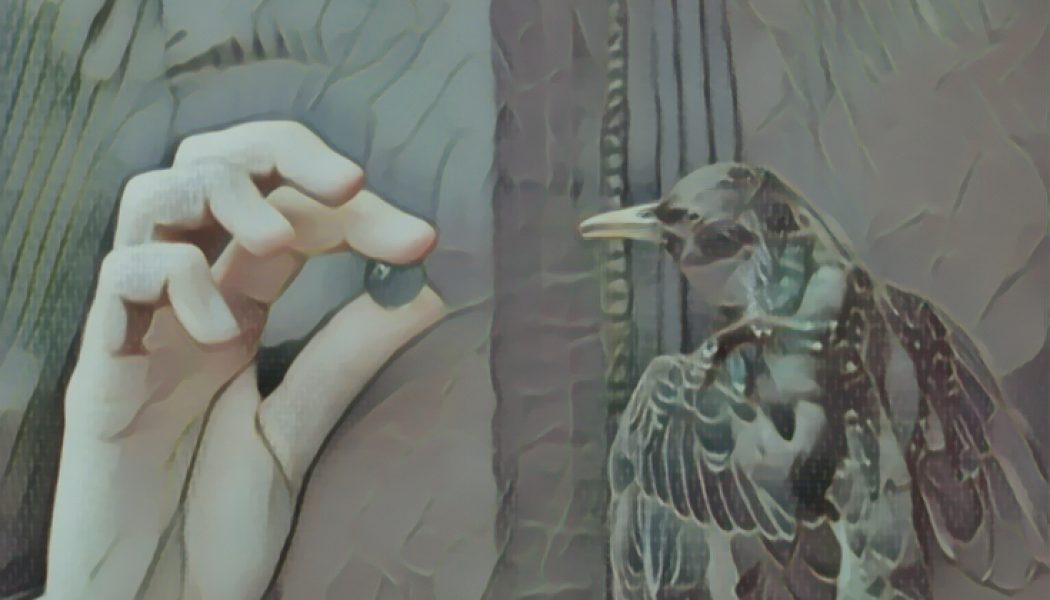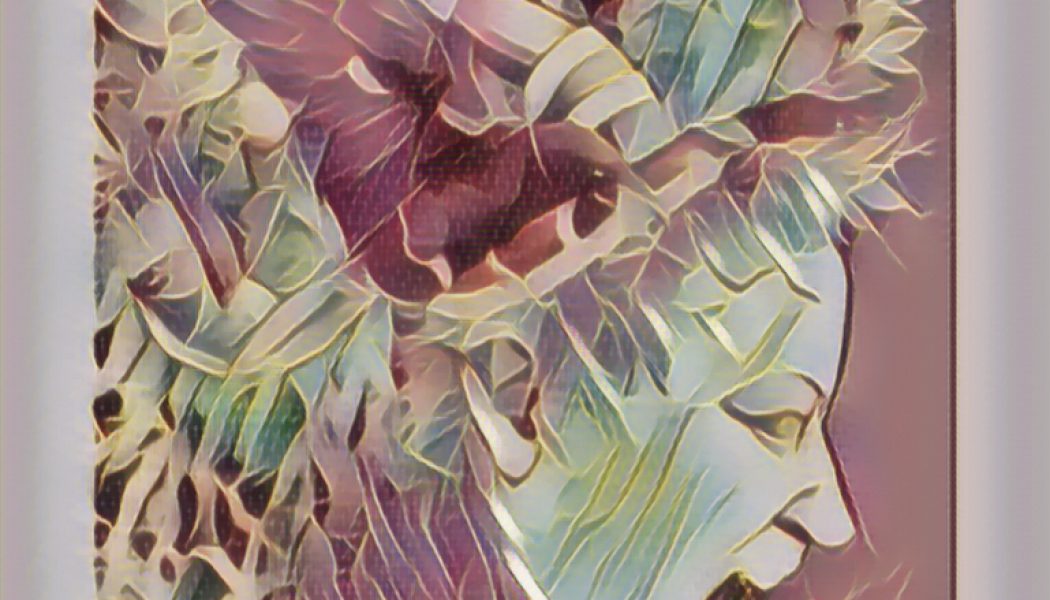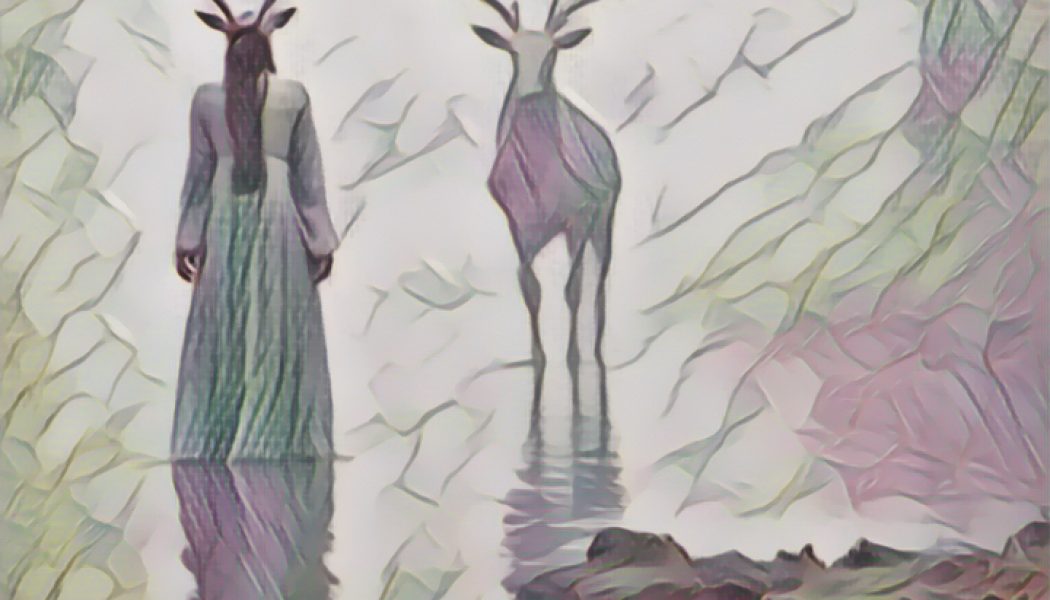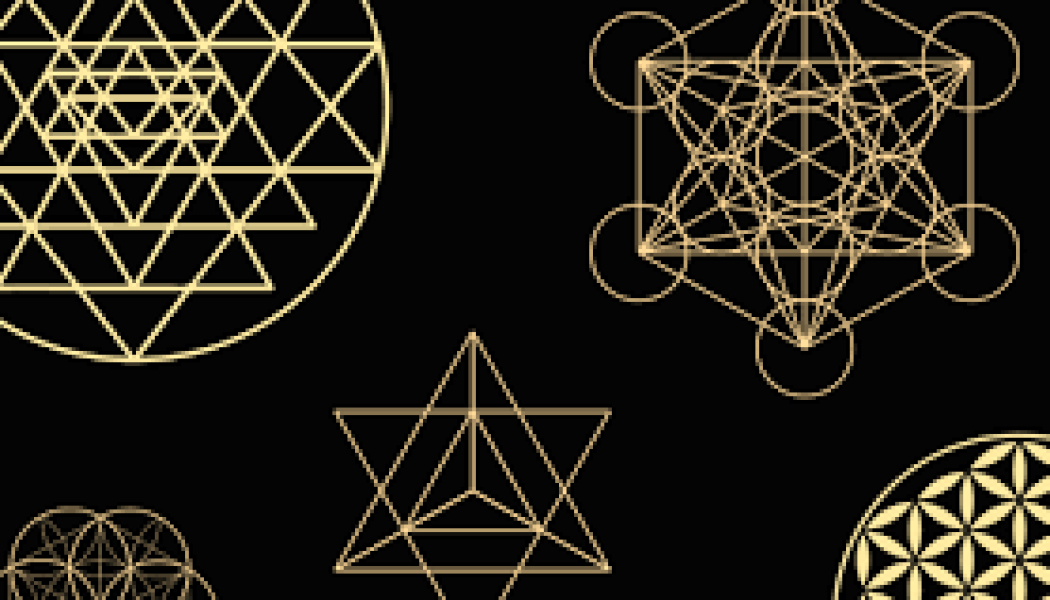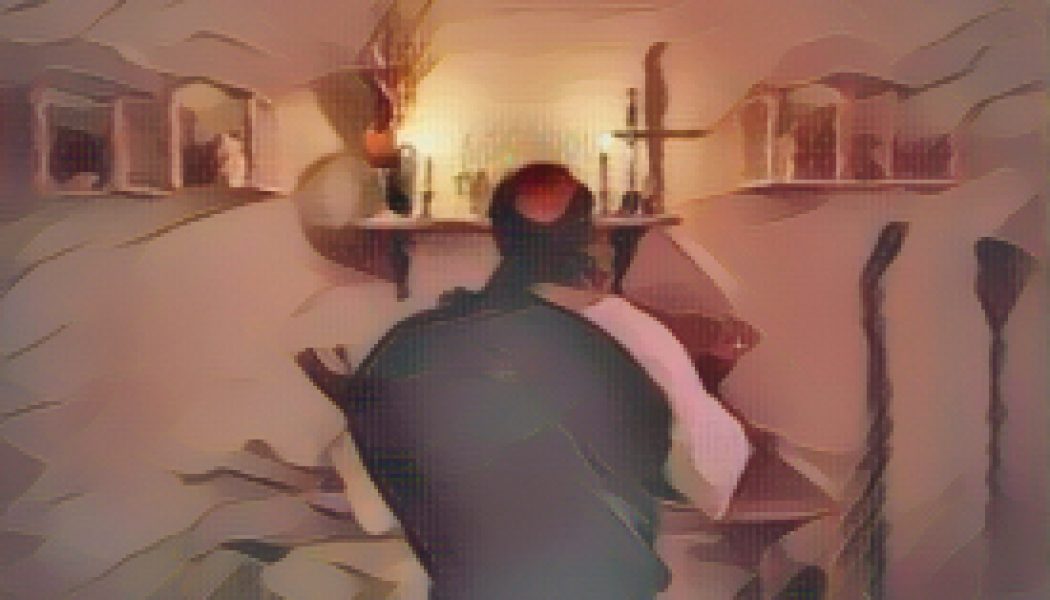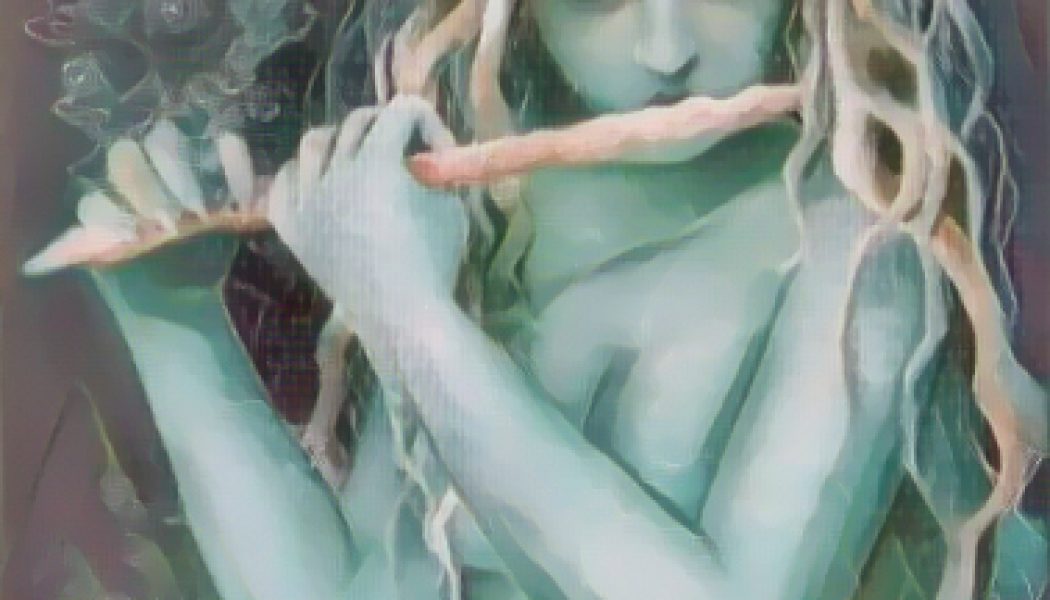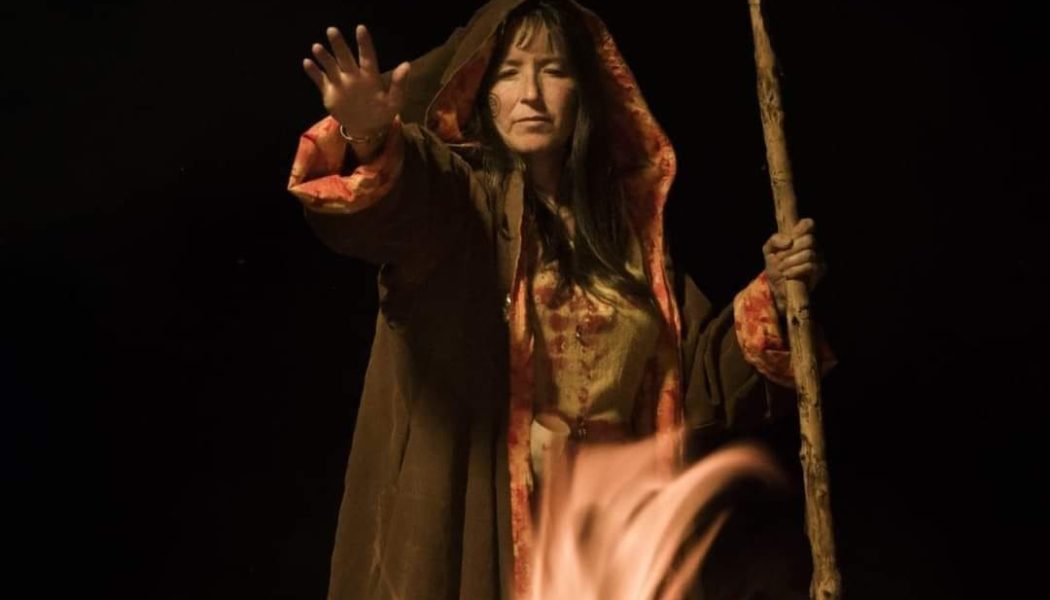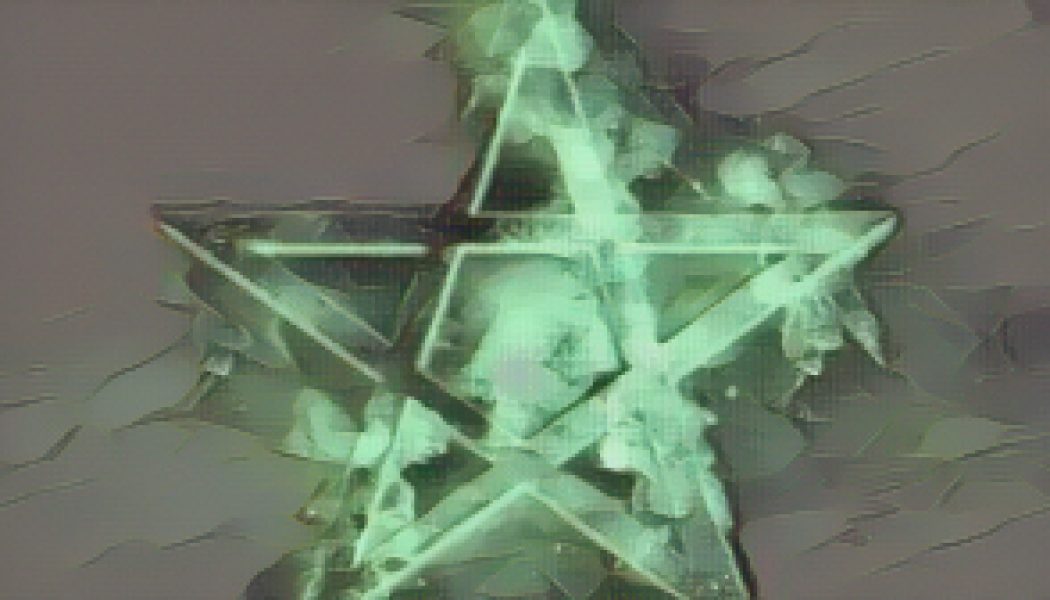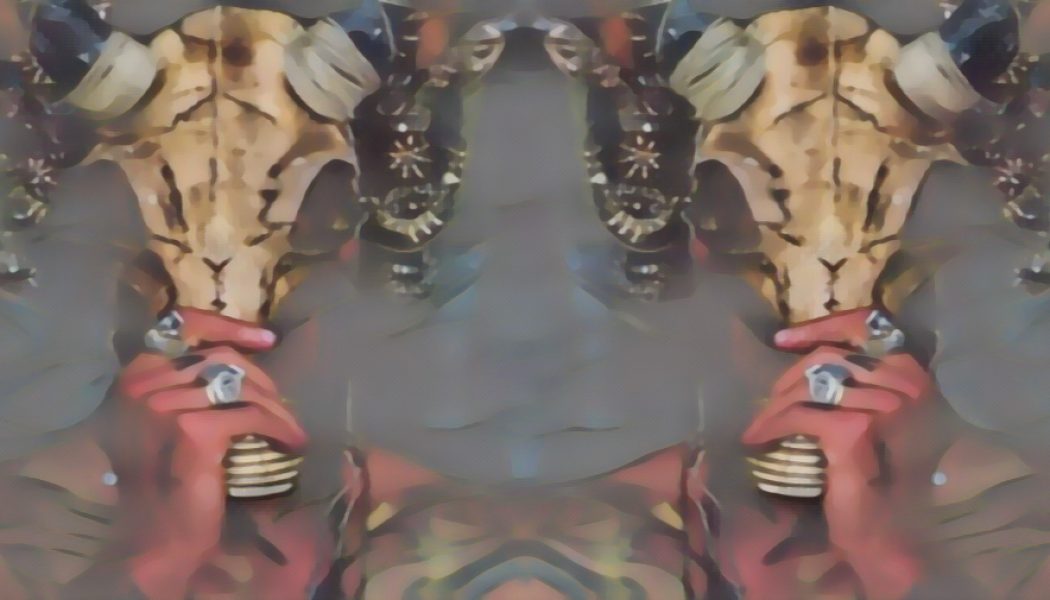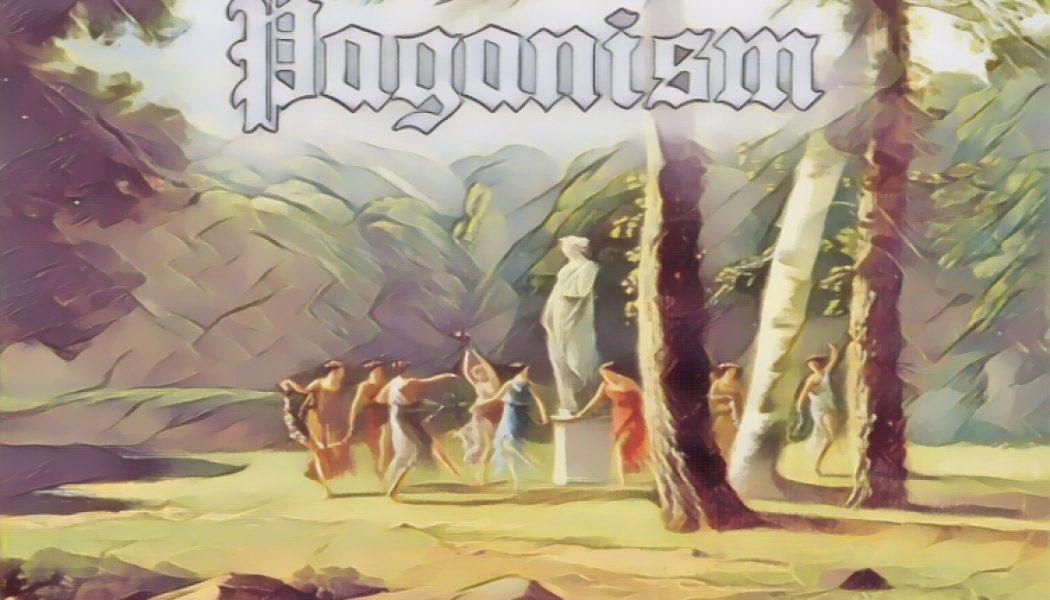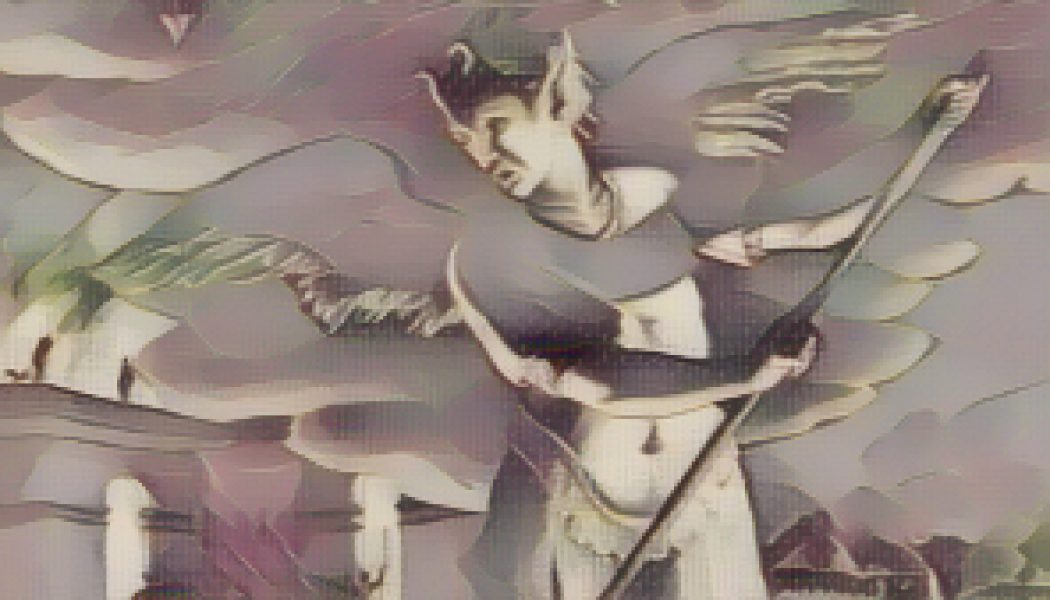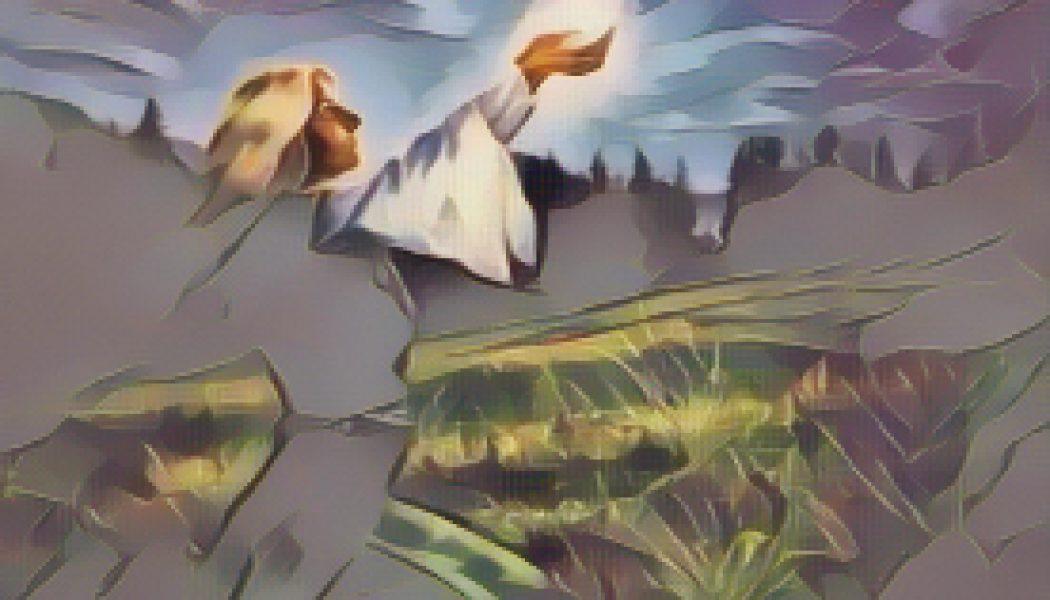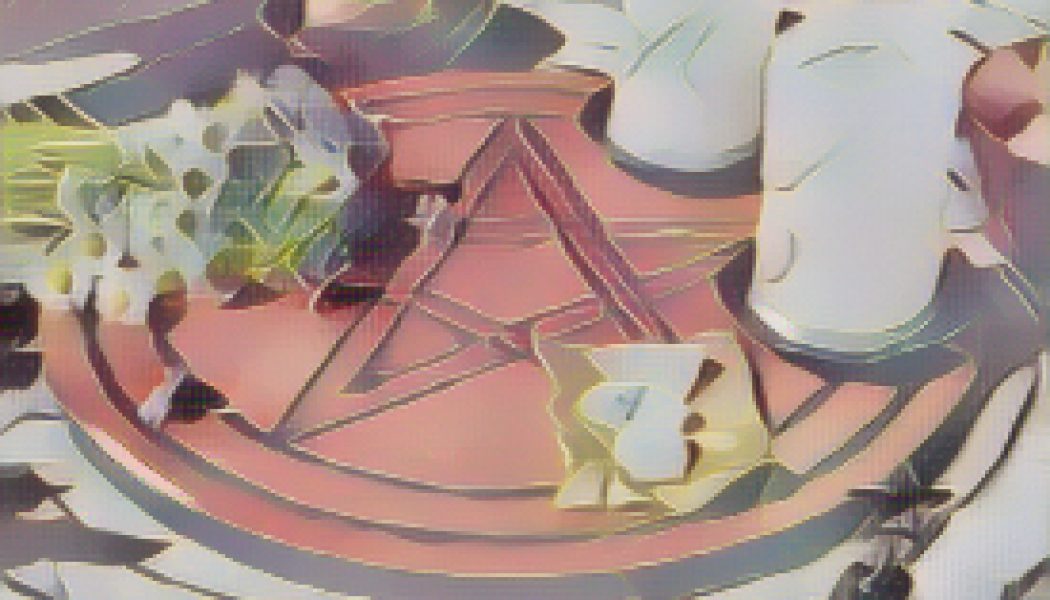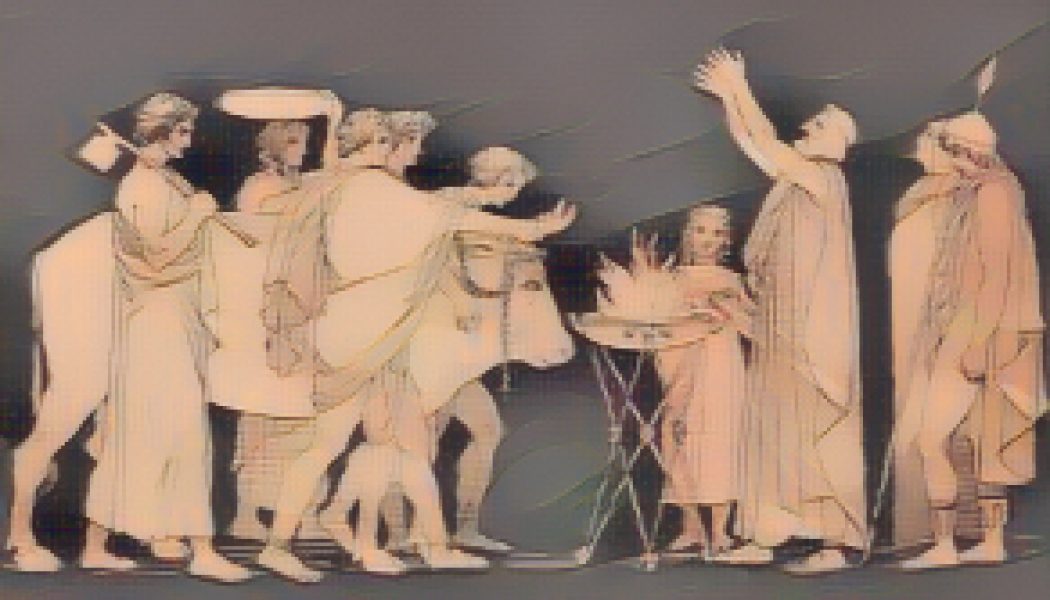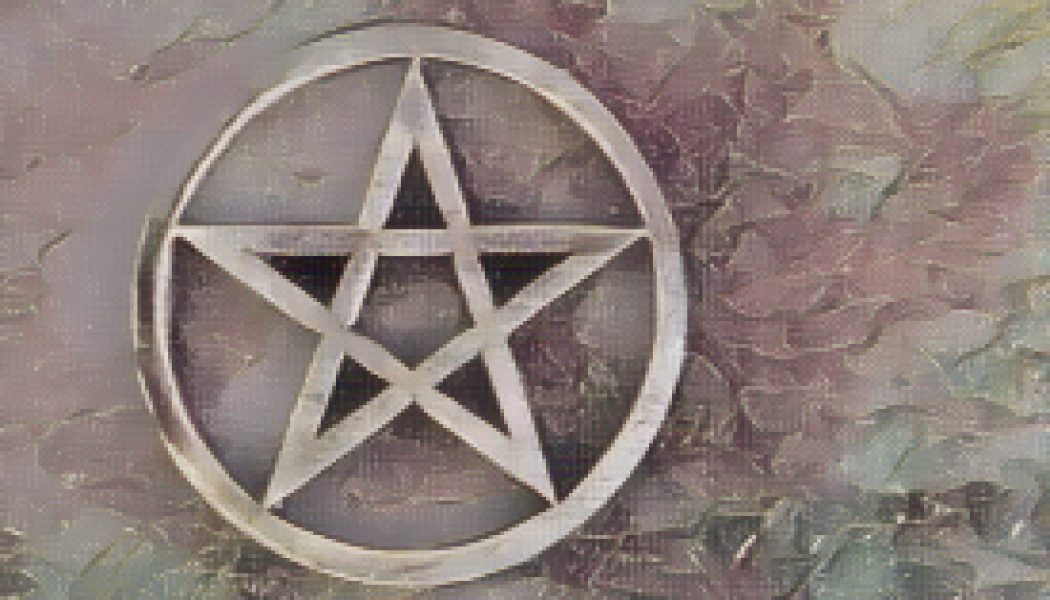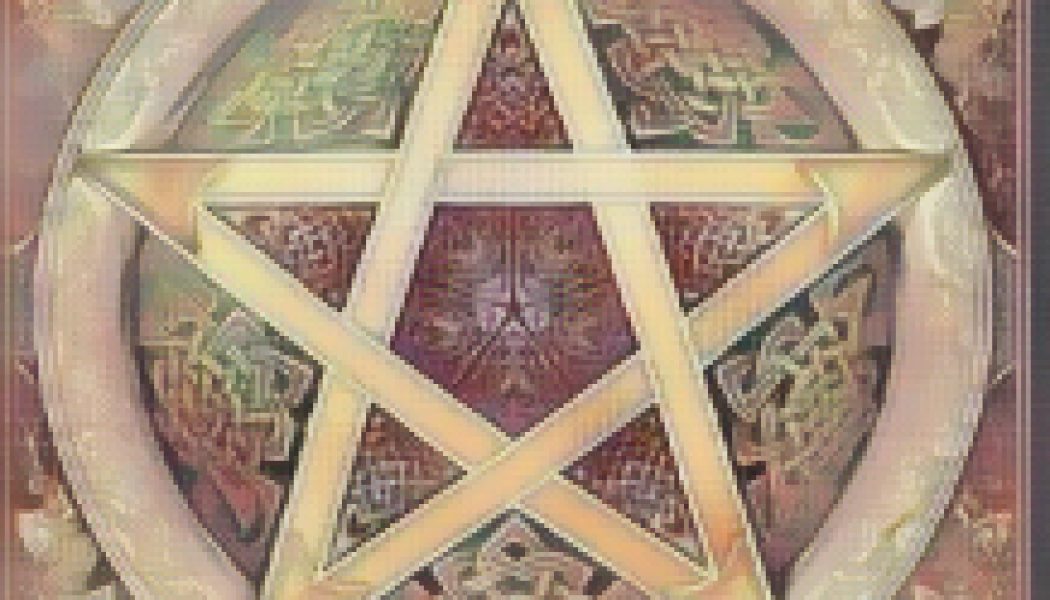Paganism Explained
What We Are Drawn to
We do not control that which we are drawn to. Nor does it control us. Witchcraft is a symbiotic relationship between Witch and World, Living and Dead, Universe and Spirit. Growing on one another, feed...
Rage under The Morrigan
There is so much rage in the world now, and much of it is justified. The problem is that the rage in people becomes misdirected, lashing out wheresoever annoyance can be found. You’re allowed to...
The way of the witch was never meant to be easy
Witches do not walk in straight lines, in fact there are no lines, there are no rules to bind us, for we are free flowing entities of Nature. Walking in the peripherals has never been for the faint of...
The Magic of the Divine Masculine
Today’s “culture” (look up the etymology) invests so much time and energy toxifying masculinity, that the balance needs to be redressed. What do YOU think…? “The Magic of...
Sacred Geometry
SACRED GEOMETRY MEANS different things todifferent people. The artists of theRenaissance period discovered theGolden Mean – a ratio which helped them to construct a perfect picture, calculated as1:l.6...
Geomancy
THE WORD GEOMANCY (from the Latin geo,‘Earth’, mancy ‘prophecy’) had a differentmeaning in ancient times from that it hastoday and we shall deal with that aspect first. Itwas a method of divination us...
Norse Paganism: Its Fascinating Origins and How to Practice Today
First, What is Norse Paganism?Norse paganism is a type of modern paganism based on what we know about old Norse religion. When we say Norse, we are referring to the people who lived in Northern Europe...
Journey to the Four Directions
Journey to the Four Directions – Pointers in Sacred and Shamanic Work East, West, South, NorthIn sacred space I ask you forthBring your power and your graceLive within this sacred space To the E...
Witchcraft is Not a Religion
Witchcraft is not a religion. Witchcraft is an Essence formed out of it’s own Shadow, and it’s only calling is to protect everything that relies on it for Balance, in whatever manner is de...
Flourishing
Flourishing is the process of attracting positive energy, love, light, whatever you want. This is generally done as a last step after cleansing, protecting, banishing, and warding…but we’r...
What is a High Priestess?
In this day and age of social media and the internet, one can call themselves anything without it holding much weight. Too often, people promote self made titles, without much merit. So what is a High...
Witches to Be
Not every witch is wiccan or believes in the threefold lawWicca is not the only religion that has witchcraftSome witches curse and some witches don’t, if they do curse how about we don’t shame them or...
A Pledge to Pagan Spirituality
I am a Pagan and I dedicate Myself to channeling the Spiritual Energy of my Inner Self to help and to heal myself and others. I know that I am a part of the Whole of Nature. May I grow in understandin...
What Paganism Does And Doesn’t Mean…
Being a Pagan has a variety of meanings, many of which are often misunderstood. What Is Paganism? What Being A Pagan Really MeansThe term “Paganism” may conjures up images of witches or ot...
An Innocent, Care-Free Pagan Race
“Look back a little and see what has happened. Nineteen hundred years ago you were an innocent, care-free pagan race. You worshipped countless Gods and Goddesses, the spirits of the air, of the ...
Stop Doing These Things if You’re Pagan
Most people who are Pagans didn’t start out that way – and sometimes, it’s easy to fall into the trap of negative habits. Here are ten bad habits you may be engaging in, and why you ...
Pagan Revival
Paganism has enjoyed a grassroots revival over the last forty and more years. How do the seekers find an authentic expression of a deeper, older religious feeling? Today’s seekers automatically look t...
Paganism: Relevant or Non Relevant Science
String theory, which was first proposed in the 1970s, suggests that the universe is not composed of particles as we think of them, but of very small loops of string that vibrate at certain frequencies...
Paganism: Views of Satan
This is a question not easily answered since every Pagan has his or her own opinion on the subject. Most Pagans will agree that whatever else Satan maybe, he is at least a Deity of the Judeo-Christian...
Paganism: You are what you believe
Ideas are powerful. What you believe about yourself and your world determines to a large extent the kinds of experiences you will have and how you will interpret them. The ideas you accept as true are...
Paganism: The Importance of Being Authentic
The Basic ideas and ideals of being authentic could mean: ♦ Figuring out who you are♦ Accepting yourself♦ Being true to yourself In itself, this may all sound very easy. However, some people are goi...
Paganism in History
The customs and spiritual practices of the early, pre-Christian Pagan cultures were passed down from one generation to the next. These old ways were traditions for respecting and interacting with the ...
What is Paganism?
Sometimes that is difficult to define. Modern Paganism probably embraces the most diverse sets of spiritual belief systems and practices in existence today. Paganism is not a traditional “religion” be...
Witchcraft Explained
Witchcraft is a number of belief systems whose roots pre date Christianity and which comes under the umbrella heading of Pagan. Witchcraft also has roots which go back to Paleolithic times as illustra...
The Meaning of the Word Paganism
The word Pagan comes from the Latin word “Paganus” which in itself means country dweller. This word may of once been used as a derogatory term created by city dwellers to describe what can be terms as...
